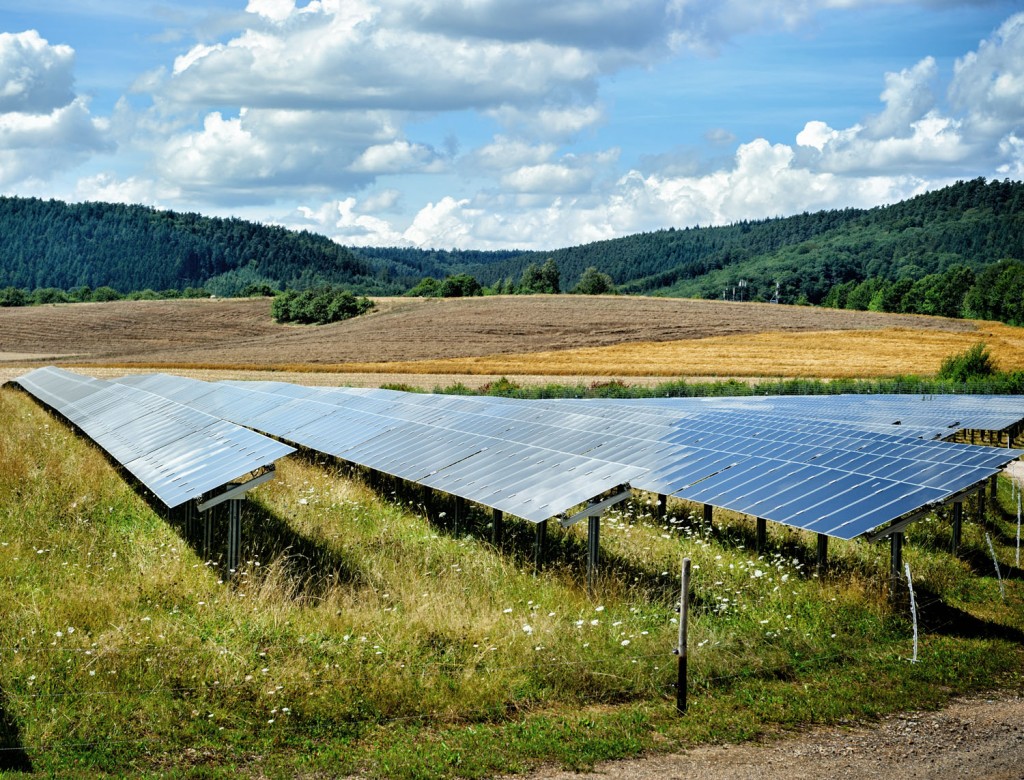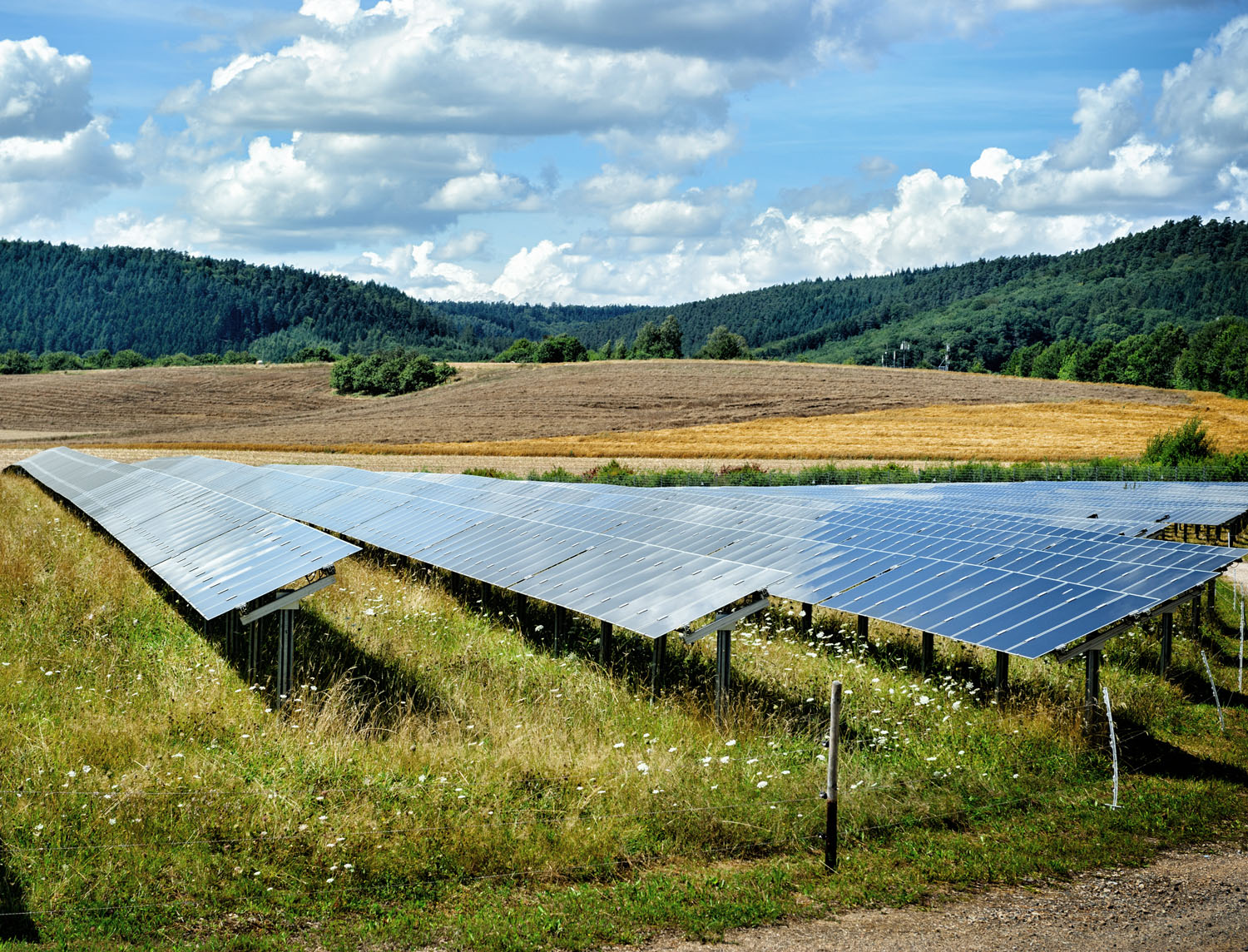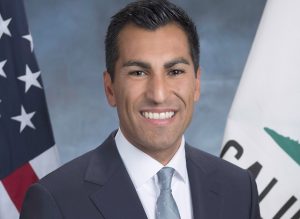
Renewable energy: One more step toward full farm sustainability
August 12, 2014 Roots of ChangeWhen it comes to sustainable farming, terms like organic, local, non-GMO and no-till are the concepts that come to mind for most people. While a pesticide-free growing environment and proper land-use practices are vital components for an eco-friendly farm, there’s another less obvious sustainability issue that can hide from even the most conscientious farmers – fossil fuel consumption.

Unlike the local harms brought by poor land-management and animal husbandry practices, artificial fertilizers and toxic pesticides, the damage done by using fossil fuels for energy is remote and easy to miss. The mountains that are ravaged for their coal can be thousands of miles away from the farm. The power plants burning that coal and polluting the air, soil and water can be distant and obscure. Most critically, the great harm that fossil fuel burning is doing to our climate – and the consequent risk to our food supply – is totally invisible, but threatens us all.
As vital environmental stewards, small farmers know that ecosystems intertwine throughout the world and all must be protected. Outdated energy practices and the pollution they create affect everyone and every farm – if not today, then tomorrow.
Now, more and more sustainable farmers are using new technologies to continue the tradition of stewardship by responsibly reducing their carbon footprints. Through a combination of on-site renewable energy investment and energy efficiency techniques, farmers can reduce their reliance on fossil fuels and fight environmental pollution and climate change.
Just as sunshine grows crops, so, too, can the sun’s energy be converted into electricity through photovoltaic arrays. For a farmer needing to power pumps, lights, irrigation systems, heaters, etc., a solar energy system will help to:
- Save hundreds or thousands of dollars on energy bills, year after year,
- Stabilize energy costs, even as fossil fuel prices increase,
- Maximize the value of buildings or unused land,
- Reduce the greenhouse gasses going into the atmosphere, thus reducing global warming, and
- Exhibit the farmer’s environmental ethos and sustainability to customers.
California leads the nation in the development of clean energy resources and is currently on track to meet the mandate that 33 percent of the state’s electricity come from renewable energy by 2020. While this is impressive, the most significant incentive for solar, the thirty per cent federal tax credit, is set to be slashed down to 10 per cent at the end of 2016.
Solar’s expansion is also threatened by pressure from utilities to change the net metering rules (rules that allow solar owners to sell electricity to the grid during the day and buy it back at night). Net metering has provided a huge boost to the economic viability of going solar. However, the California Public Utilities Commission has put a cap on certain aspects of the net metering program, and the financial benefits will diminish once the cap is reached.
We like the nonprofit solar installer Black Rock Solar because it is their mission to get solar energy and its associated financial savings to those who can best put those savings back to good use in their communities. They’ve built around $20 million worth of solar for non-profits, schools, churches, hospitals Native American tribes, and rural municipalities, and are now expanding to serve sustainable farmers.
Responsible environmental practices make good business sense in the long term. By switching to clean, renewable energy, farmers not only improve the quality of life in their community, they will also help ensure the most healthful, sustainable bounty from their farms.
If you want to reach Black Rock Solar, active in both California and Nevada, they can be contacted at 415-583-5598 or at [email protected]. They design, permit and build 25-250+ kW solar systems. As a 501(c)(3) non-profit, BRS strives to charge the least possible amount for its solar systems, and they work in conjunction with the farm credit system, commercial banks and leasing companies to create solar systems with extremely low or zero upfront costs and with cost savings on energy for 20-plus years.



